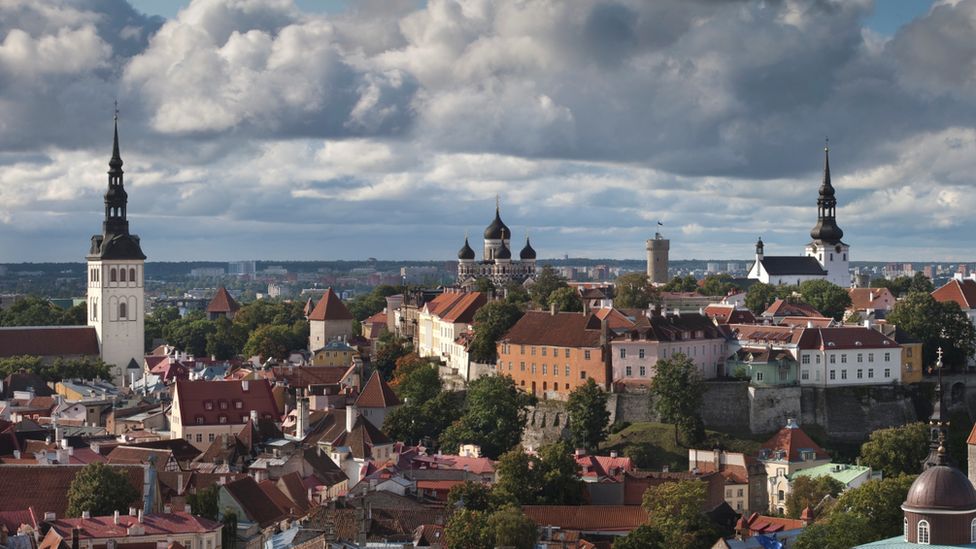Segregation warning for Estonian capital
- Published

Estonia's capital Tallinn is seeing such rapid geographical separation between social groups that it risks becoming Europe's most segregated city, according to a group of urban geographers.
"Tallinn is not yet the most segregated capital, but the city is undergoing the most rapid segregation process in Europe," leading architect Andro Mand told the Postimees newspaper, adding that "current trends could make it the most segregated capital in 25-30 years' time".
This trajectory was flagged up in an academic study that warned the city is becoming more divided not only between rich and poor, but also between various nationalities - most notably the large ethnic-Russian minority.
This is already evident in Lasnamae, a mainly Russian-speaking dormitory suburb of Soviet-built tower blocks that houses more than a quarter of the city's population, according to urban geographer Tiit Tammaru, who co-wrote the study "Socio-Economic Segregation in European Capital Cities: East meets West".
Scandinavian model?
Andro Mand, who is vice-president of the Estonian Association of Architects, says one way of overcoming the danger of segregation would be to adopt a "Scandinavian-style social housing programme", which would let poorer residents rent city-owned flats throughout Tallinn, rather than having them all housed in Lasnamae.
He told Postimees that this could avoid the fate of Paris, which sees regular violent protests by residents of the poorer districts on the edge of the city.
You may also be interested in:
The Association of Architects deems the question so pressing that it is organising a conference to look at ways of overcoming urban inequality.
Social divisions came to the fore during this year's parliamentary election, when the liberal Eesti 200 party caused outrage with a poster campaign that initially seemed to advocate the segregation of citizens by ethnic origin.
But the conference may have to look beyond the Scandinavian model of social housing, as this is also coming under threat.
"Stockholm has displayed a sharp increase in segregation between rich and poor" in recent years, the segregation study reported - a trend partly attributed to sales of the Swedish capital's social housing stock.
Reporting by Martin Morgan
Next story: Finland names three 'top dads'
Use #NewsfromElsewhere to stay up-to-date with our reports via Twitter.
- Published9 April 2018
- Published9 June 2016